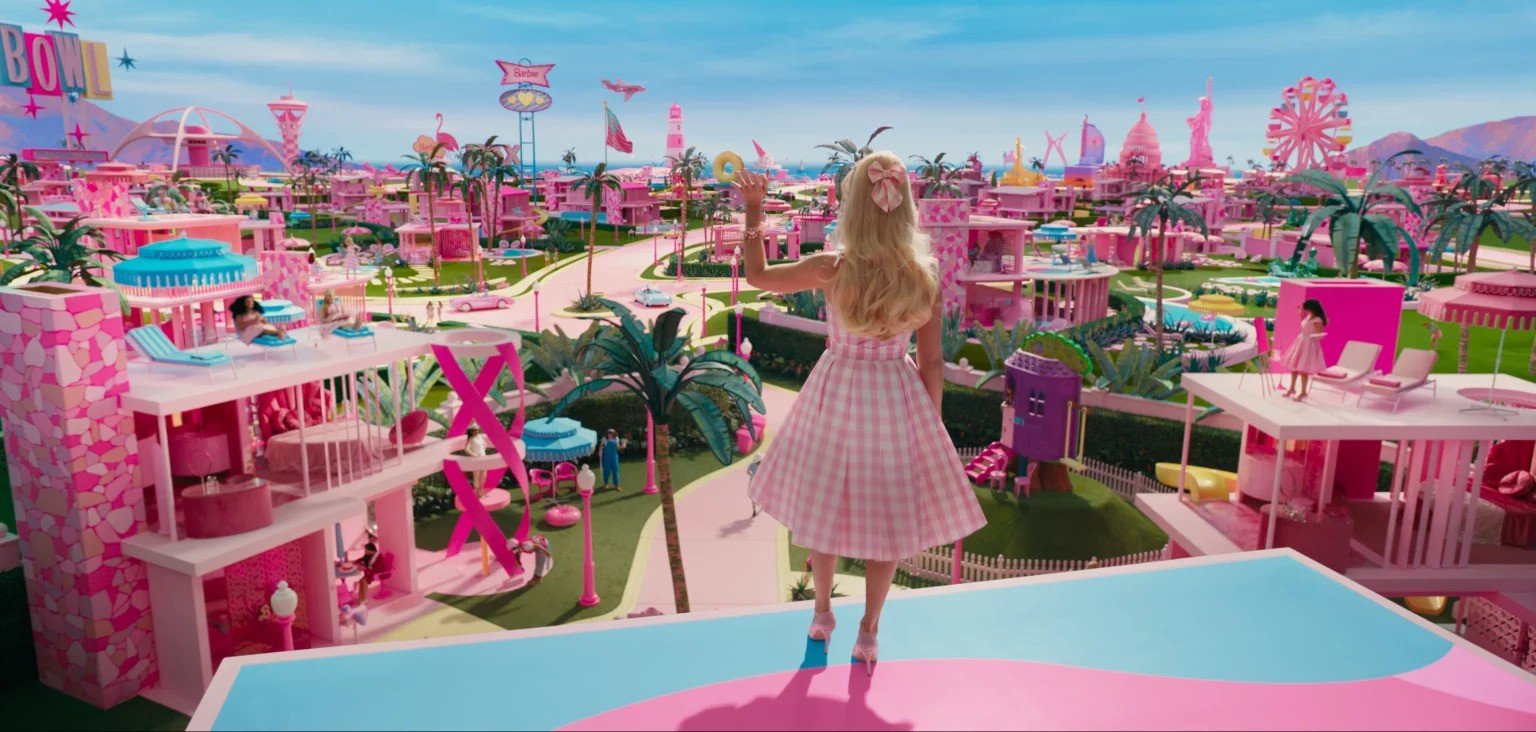What Barbie Can Teach Us About Professional Problem-Solving
Barbie reminds us of the value of play – at all ages and even in our professional settings.
With the Barbie movie coming out this week, “pink,” “plastic,” and “play” are three words that are taking up more space in our collective minds and newsfeeds than usual. Barbie is back, sparking discussion and nostalgia, and for me, reflection on this iconic doll and her impact.
I was one of those 90’s kids whose parents avoided Barbies because they were a bad influence. And who can blame them? Barbie sets a white, ableist, heteronormative example, with seriously problematic body standards.
That said, Barbie and the Barbie movie reminds us that play needs to be taken seriously – or rather that play is an essential part of how we practice creativity, problem-solving, and connection.
Hear me out! Barbie enables us to practice the rules, processes, and emotions that we are desperately trying to make sense of as children – everything from learning how to undo Velcro and how pants work, to mimicking how your parent makes eggs or how to be a veterinarian, along with the social rules and emotional experiences of day-to-day interactions with other humans.
These play tools (Barbie, her accessories, etc.) and scenarios help us understand, but they also help us practice the creation of new ways to do things. These toys give us the platform to explore and push boundaries, granting us agency and permission to skirt the bounds of reality in order to explore the “what if” questions we have about the world.
I saw an interview with Margot Robbie, the actor who plays the starring Barbie role, talking about some of the creative choices Greta Gerwig, the director, made to invoke the nostalgia of Barbie. With countless set design and wardrobe innovations, one particular decision stood out to me: at one point in the movie, Barbie floats down from the top floor of her dream home to her car, because “no one walks their Barbie down the stairs, you pick up your Barbie and put them down in their car.” It’s these kinds of creative decisions that remind us that when we play, we can experiment with even fundamental assumptions, like gravity. And that, as children and adults, we deserve to have our play taken seriously and honoured.
What Barbies (or any toy you get passionately nostalgic about) help us do as children is reflect on how we see the world around us function, and then imagine and bring into creation a new way of doing things. This is the core of what we do as designers, and what many other professionals do to solve complex problems they’re faced with across many different fields.
But play is one thing that we often forget our instincts for – as we grow up, we’re taught that play isn’t serious or worthwhile.
A lot of what we do at Overlap is give people the tools and spaces to reconnect with those creative, experimental drives that we have as young people that we lose touch with in our professional lives. The truth is, play makes our work better because we are able to solve tougher problems, with more creative solutions, and it feels so much better to work in this way. It’s truly collaborative and, dare I say it? Fun.
Overlap’s mission is to unlock extraordinary potential in extraordinary people, and play is a big part of how we do that. Our design tools and facilitation methods often encourage our clients and the communities we engage with to question assumptions and engage in creative visioning of possible futures or solutions.
It’s also why we excel at creating meaningful collaborations with young people – because we believe that everyone, at every age, has something valuable to offer and it’s our job to find the methods that bring out and celebrate those ways of thinking.
Do you have questions about bringing more play into your organization? Our Crash Course in Creativity and Interactive Design Workshops are a great way to introduce you or your team to a new way of working – one that values play as an essential part of how we practice creativity, problem-solving, and connection.
P.S. I’d love to hear from you! Whether we’re reminiscing on the nostalgic toys of your childhood, or exploring how to bring play to your professional life or team, I’d love to start a conversation about how we can incorporate more play into our work and our communities.
A note on references and situating my perspective: I want to be clear that I am not the original creator of the treatise for play – many intelligent and hardworking academics, designers, and even businesses, have done great work in this area. This is also written from a white, Euro-centric, North American viewpoint, which is not accounting for different cultural perspectives and valuing of play.
Kyrie Vala-Webb is a Design Director at Overlap, specializing in service design and inclusive design. She holds a Masters in Inclusive Design from OCAD University, and is particularly passionate about gender issues, having studied Women’s Studies in her undergrad at the University of Waterloo. Her first Barbie was a gift from her great-aunt, much to the dismay of her feminist parents. It was Gymnastics Barbie, who was well-loved and now lives in a box in the closet, waiting for the next generation of designers and play-ers.

